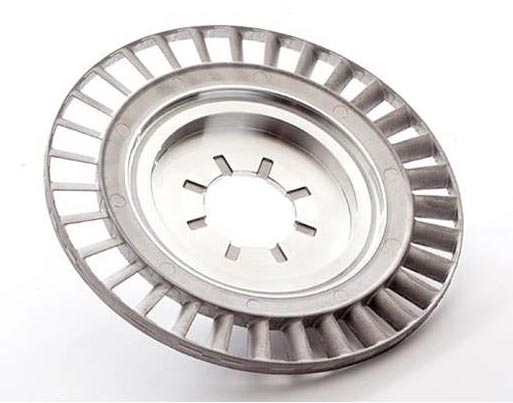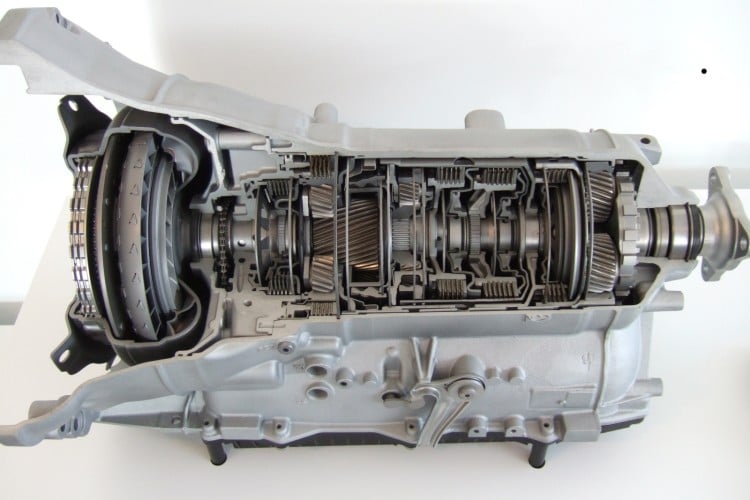What is a Stator?


As the name indicates, the Stator (from Latin; one that stands) is the stationary part of a fluid device such as a torque converter. Located at the very heart of the torque converter, the Stator main function is to redirect the fluid from the turbine back to the pump, thereby enhancing the efficiency of the torque converter.
The torque converter assembly is a fluid coupling which transfers engine torque to the automatic transmission gear box.

A torque converter consists of three parts: a pump (impeller), a turbine (runner) and the stator in between. As the torque converter rotates, the pump spins and the centrifugal force generated causes the fluid inside the torque converter to be forced outwards and onto the blades of the turbine, making it spin in turn. But the fluid has to reverse direction before it exits the turbine, as it is moving in the opposite direction that the pump is turning, and could therefore slow the engine down.
Here is where the stator comes in. The stator is the reaction (torque multiplying) element. The stator is the row of small stationary airfoils attached to the casing of the axial-flow turbine, positioned between the rotors. It is designed with blades or ports that can be positioned in such a way that it reverses the direction of fluid flow. The stator is connected to a fixed shaft in the transmission; this, along with the blade design, ensures that it cannot spin in the same direction of the fluid, but only in the opposite direction, thereby forcing the fluid to reverse direction as it hits the blades of the stator.

Making a quality stator is complicated and demanding process, and a bad stator will make the engine run poorly or not at all. AmTech OEM has produced stators of various types and sizes (see above), and has been a trusted supplier to some of the World’s largest automotive transmission manufacturers.
